LD50
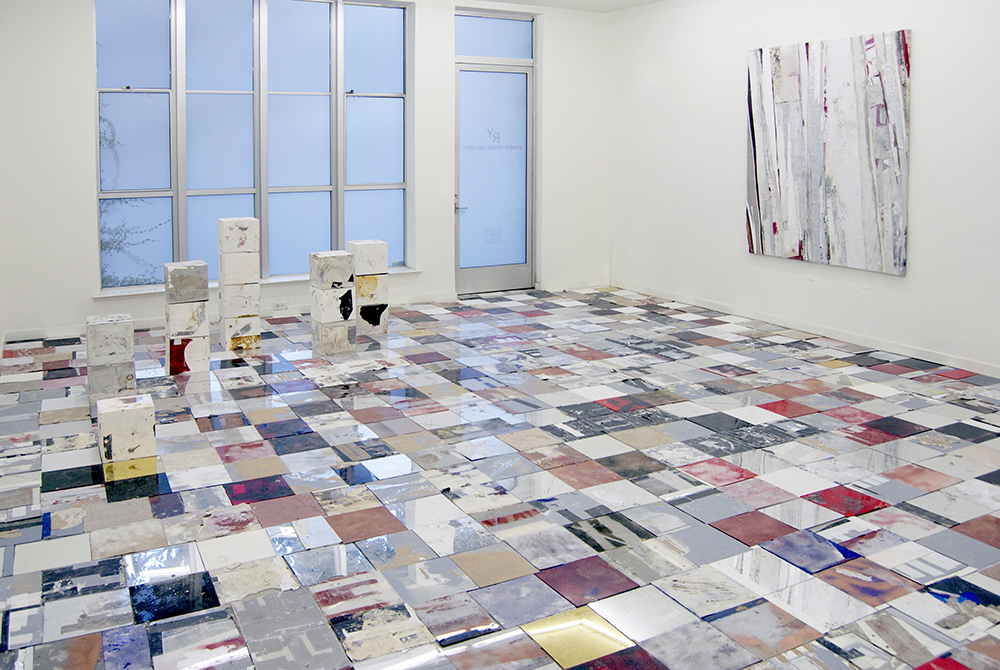
LD50, 2015, Romer Young Gallery, San Francisco, CA
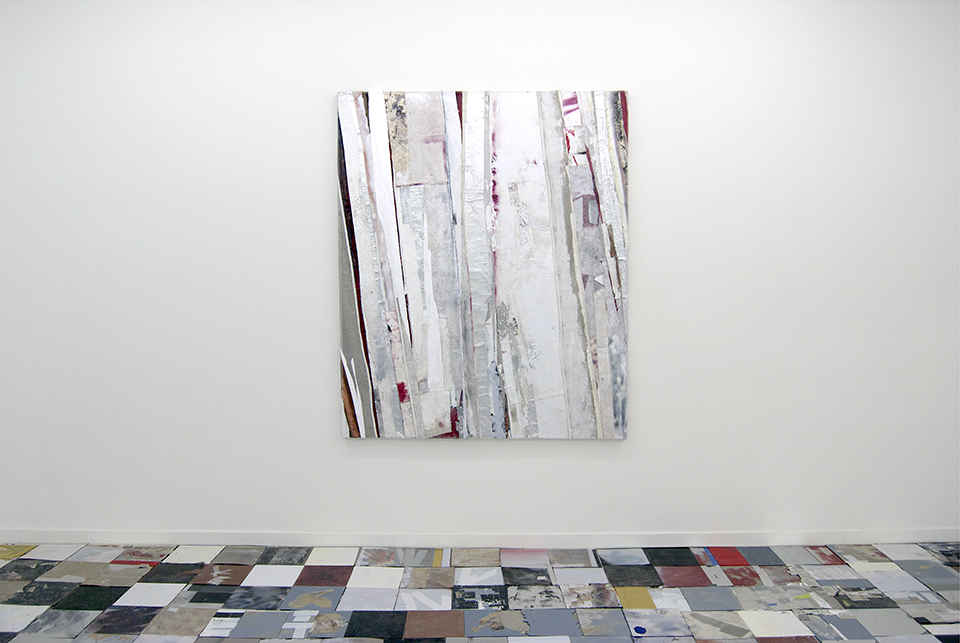
LD50, 2015, Romer Young Gallery, San Francisco, CA
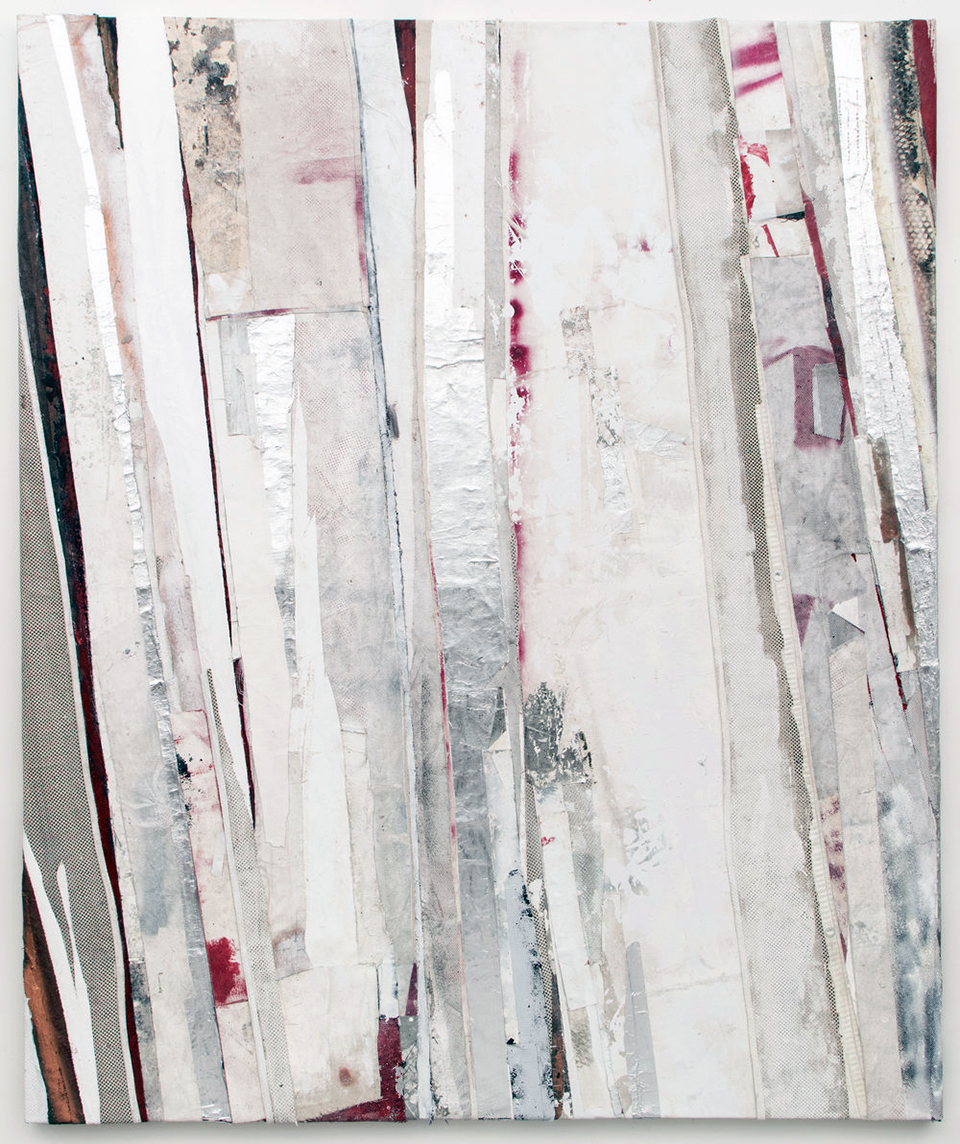
Redactor V, 2015, Oil, enamel, acrylic, vinyl, aluminum, fiberglass, canvas, 58 x 48 inches; 147.32 x 121.92 cm
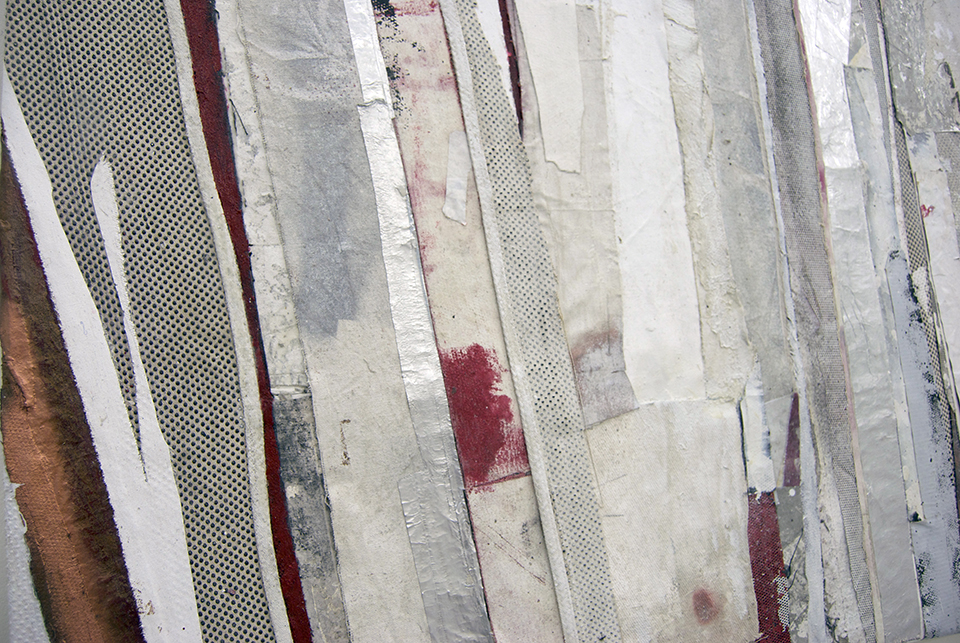
Detail, Redactor V
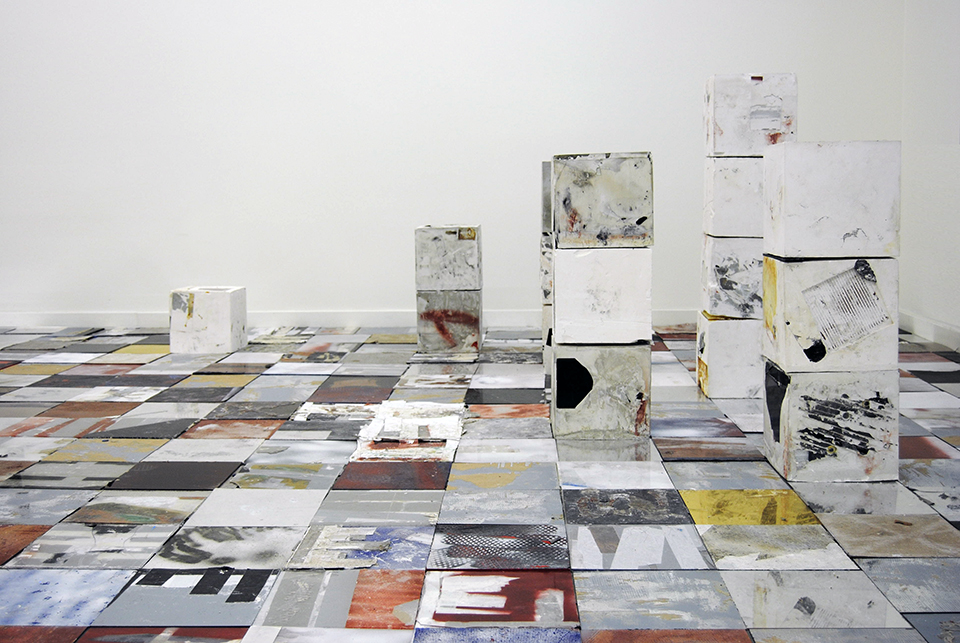
LD50, 2015, Romer Young Gallery, San Francisco, CA
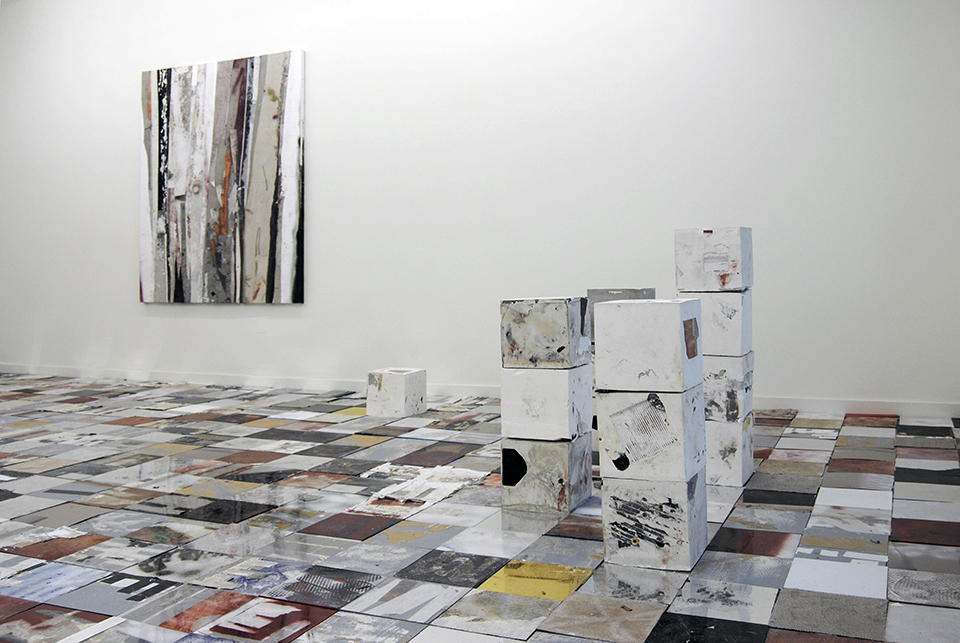
LD50, 2015, Romer Young Gallery, San Francisco, CA
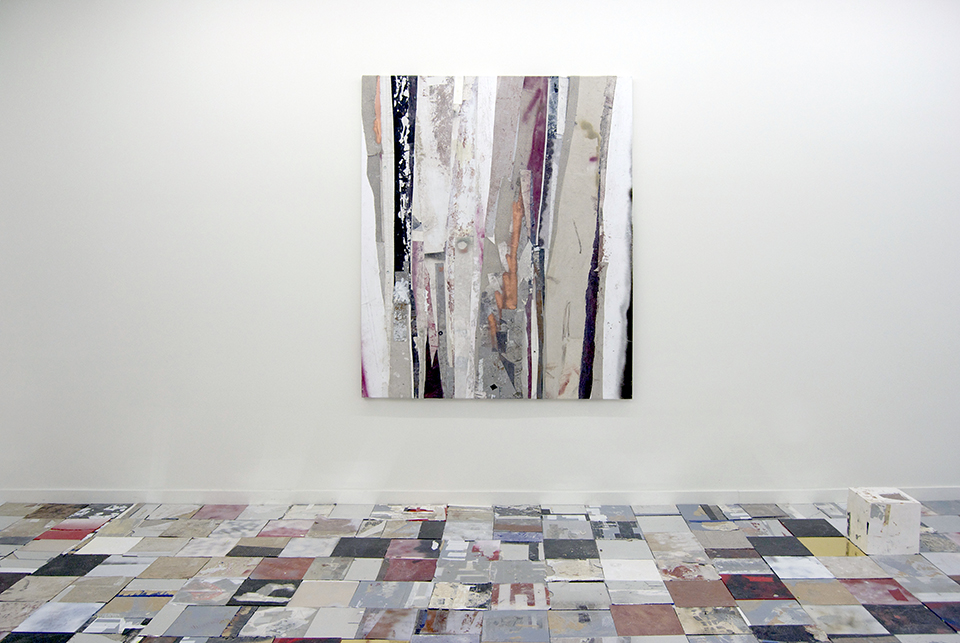
LD50, 2015, Romer Young Gallery, San Francisco, CA
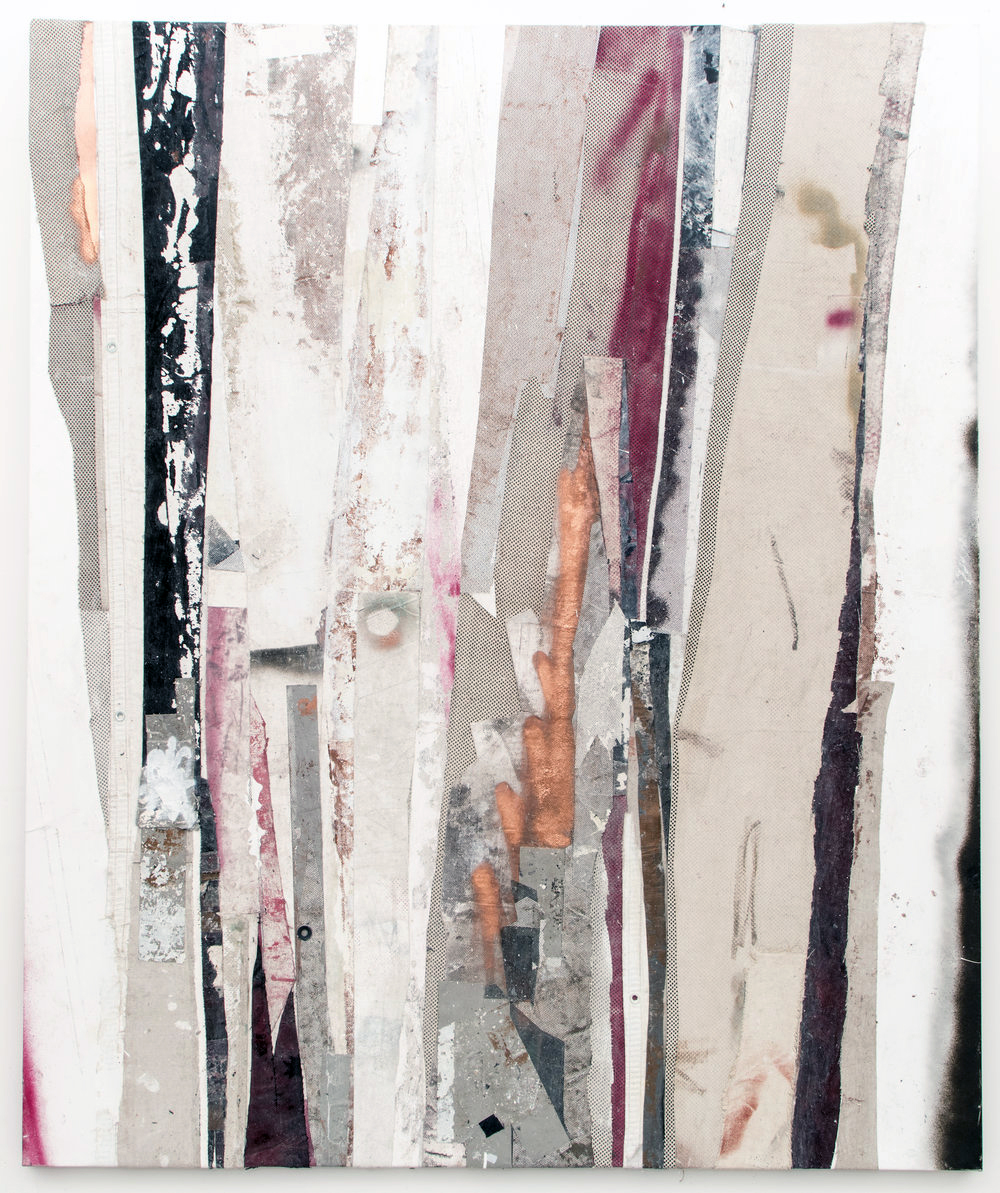
Redactor V, 2015, Oil, enamel, acrylic, vinyl, aluminum, fiberglass, canvas, 58 x 48 inches; 147.32 x 121.92 cm
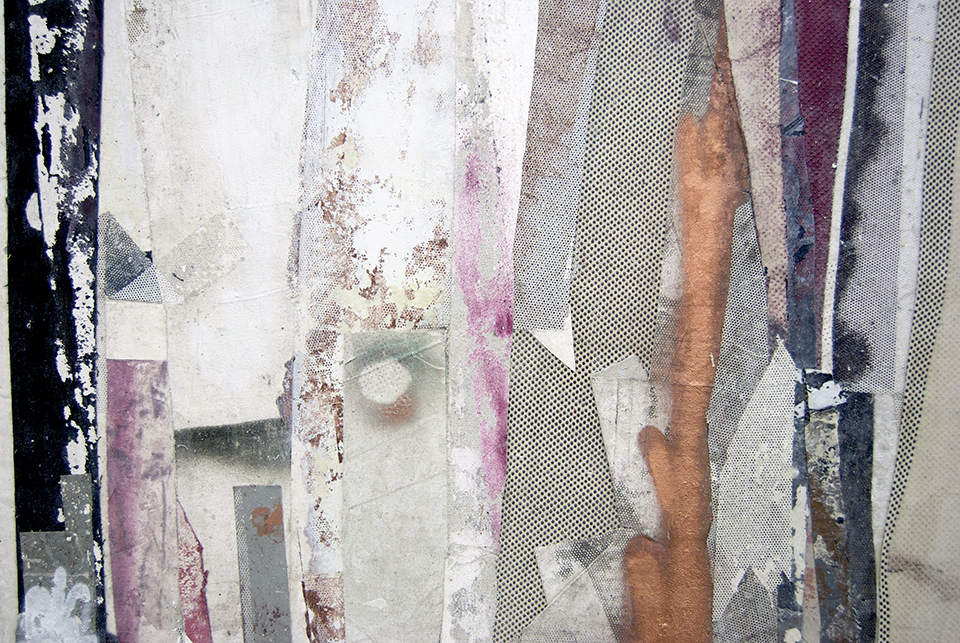
Detail, Redactor V 2015
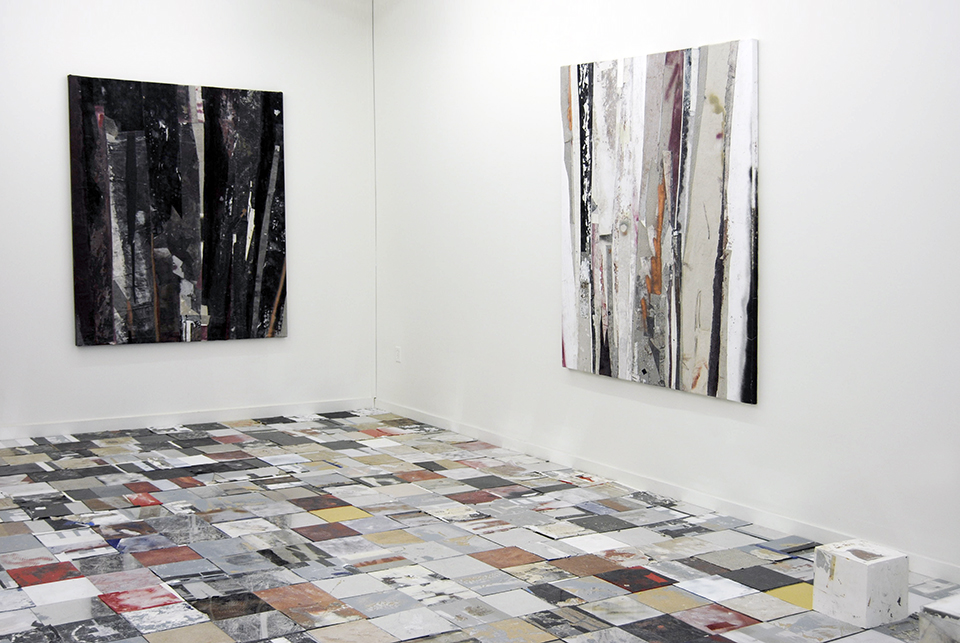
LD50, 2015, Romer Young Gallery, San Francisco, CA
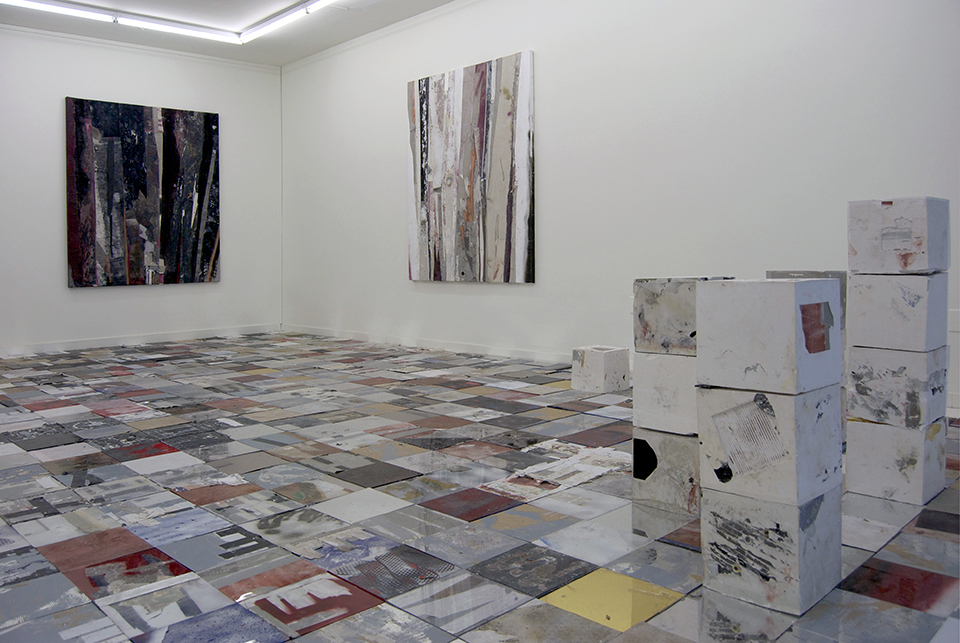
2015, Romer Young Gallery, San Francisco, CA
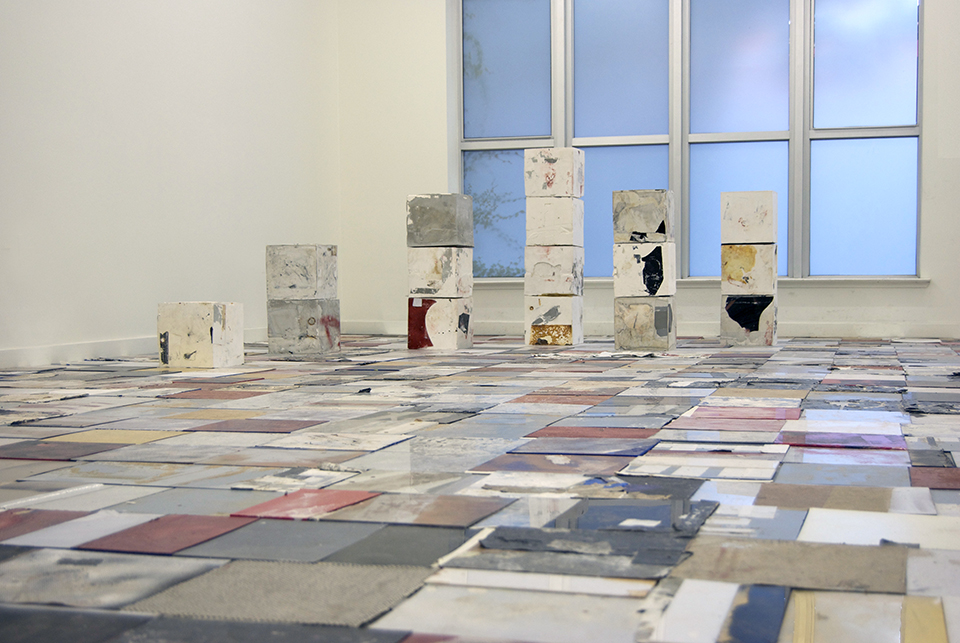
LD50, 2015, Romer Young Gallery, San Francisco, CA
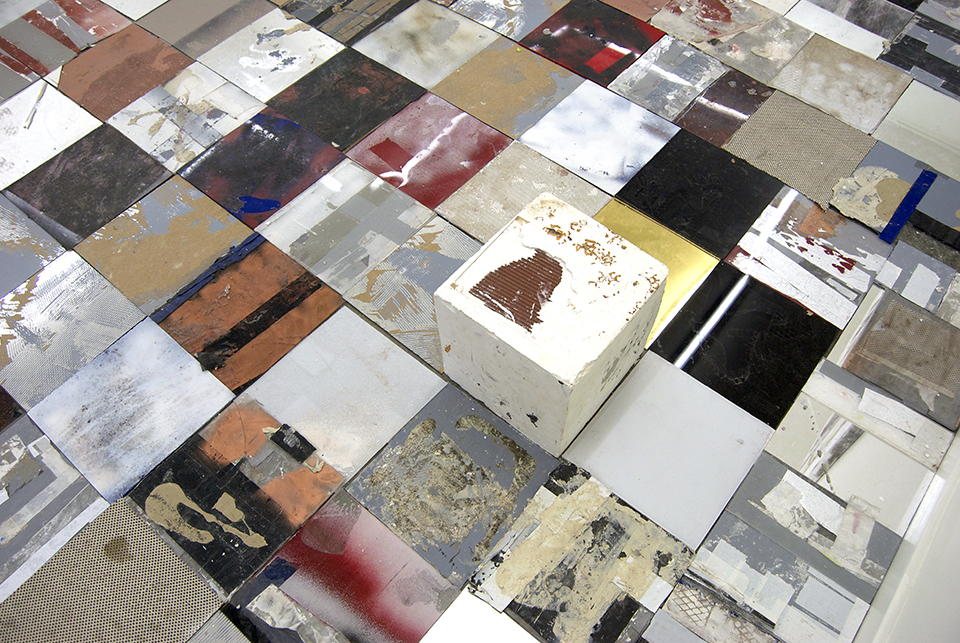
LD50, 2015, Romer Young Gallery, San Francisco, CA
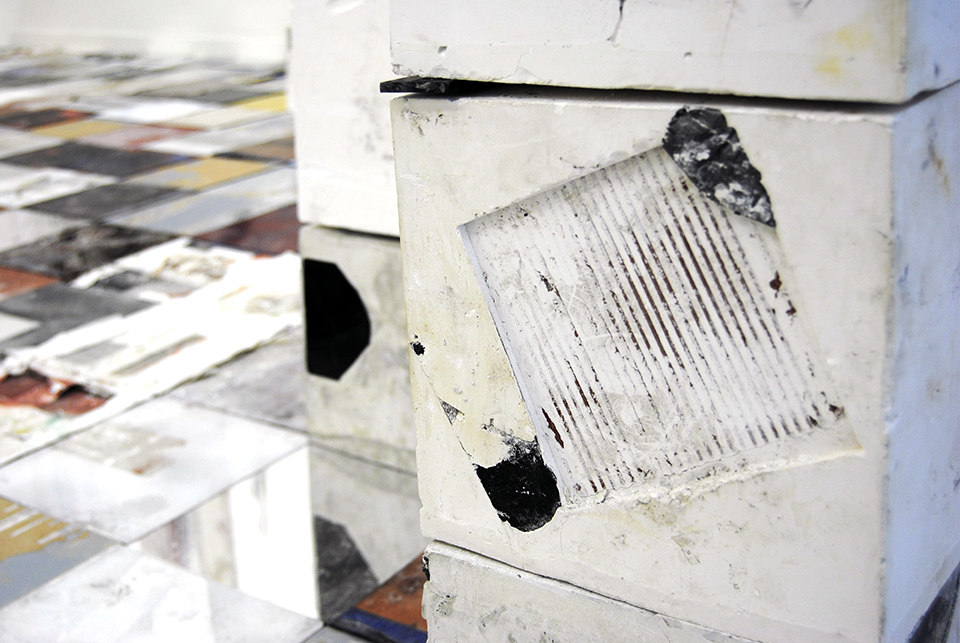
LD50, 2015, Romer Young Gallery, San Francisco, CA
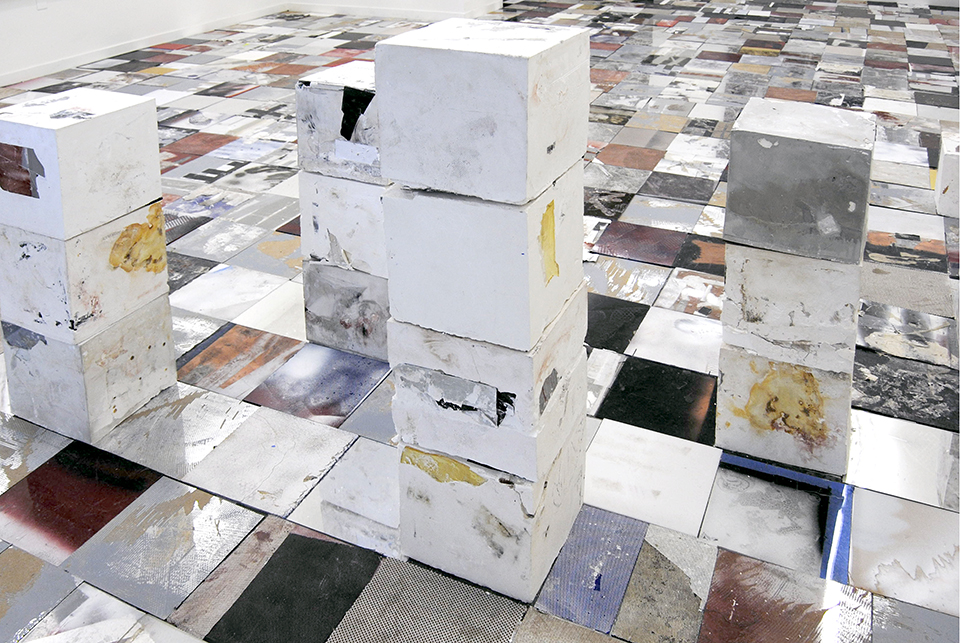
LD50, 2015, Romer Young Gallery, San Francisco, CA
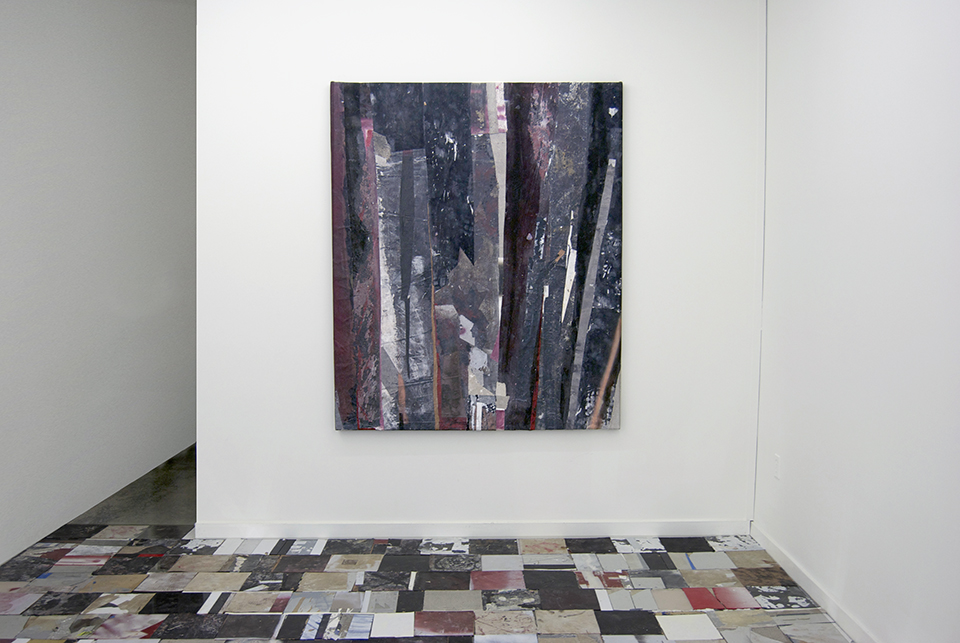
LD50, 2015, Romer Young Gallery, San Francisco, CA
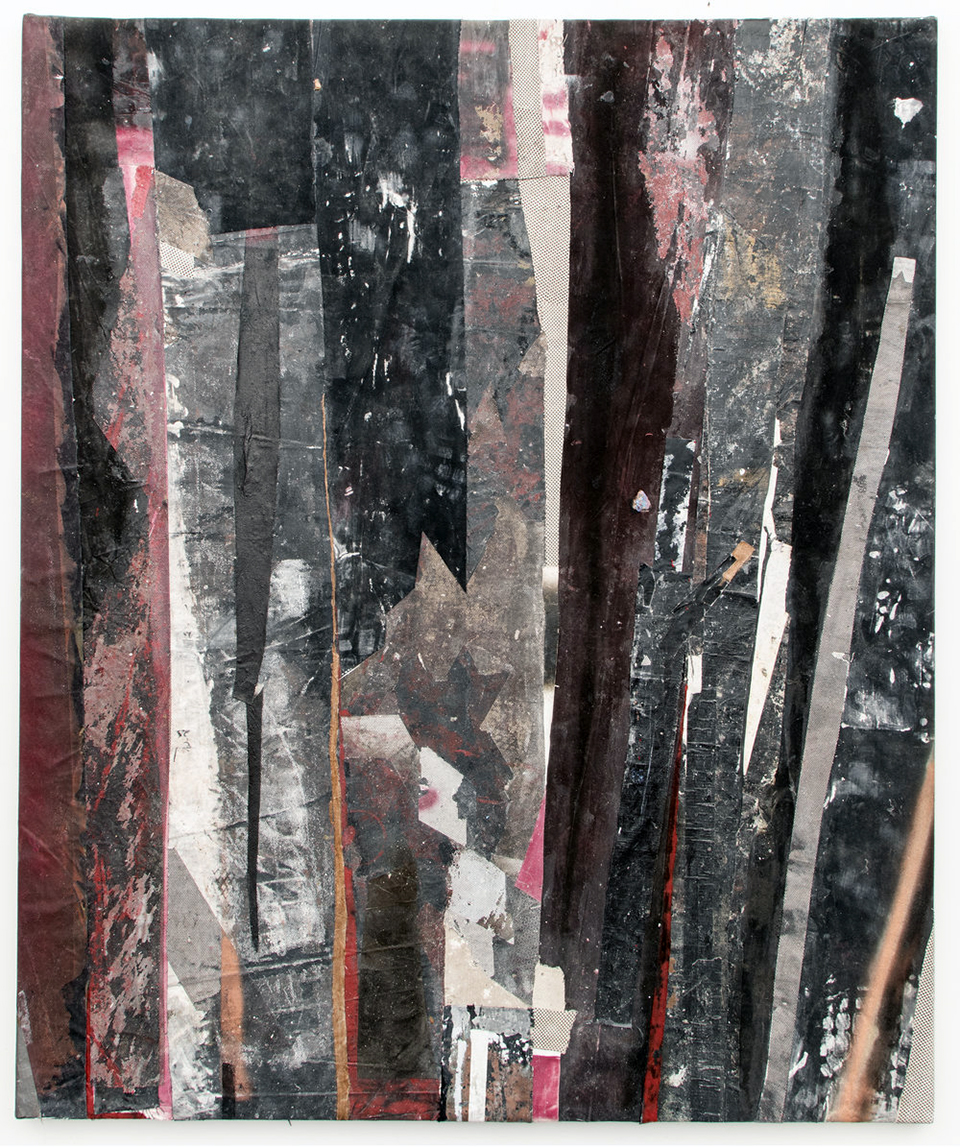
Redactor IV, 2015, Oil, enamel, acrylic, vinyl, aluminum, fiberglass, canvas, 58 x 48 inches; 147.32 x 121.92 cm
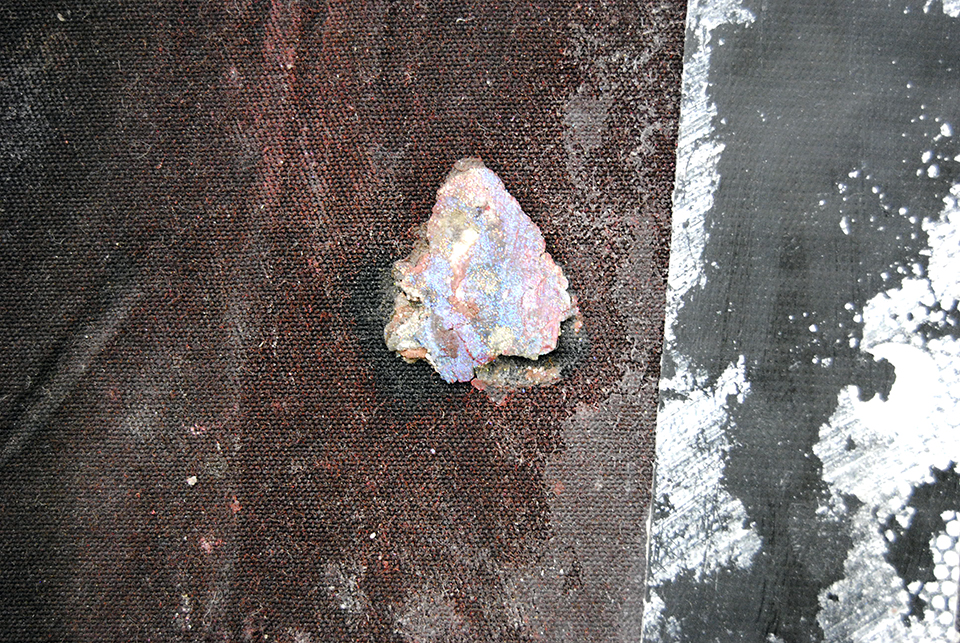
Detail, Redactor IV
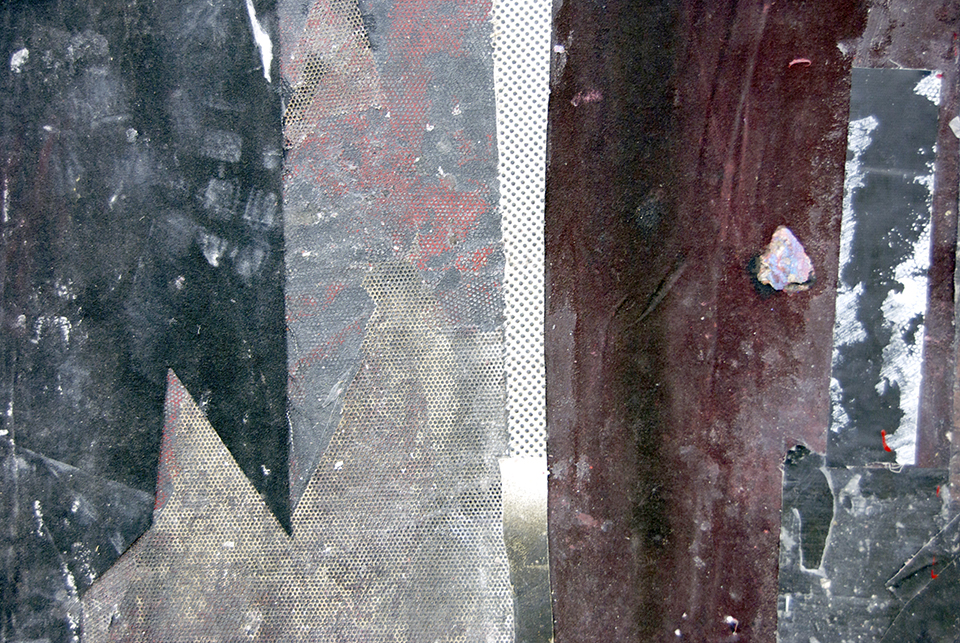
Detail, Redactor IV
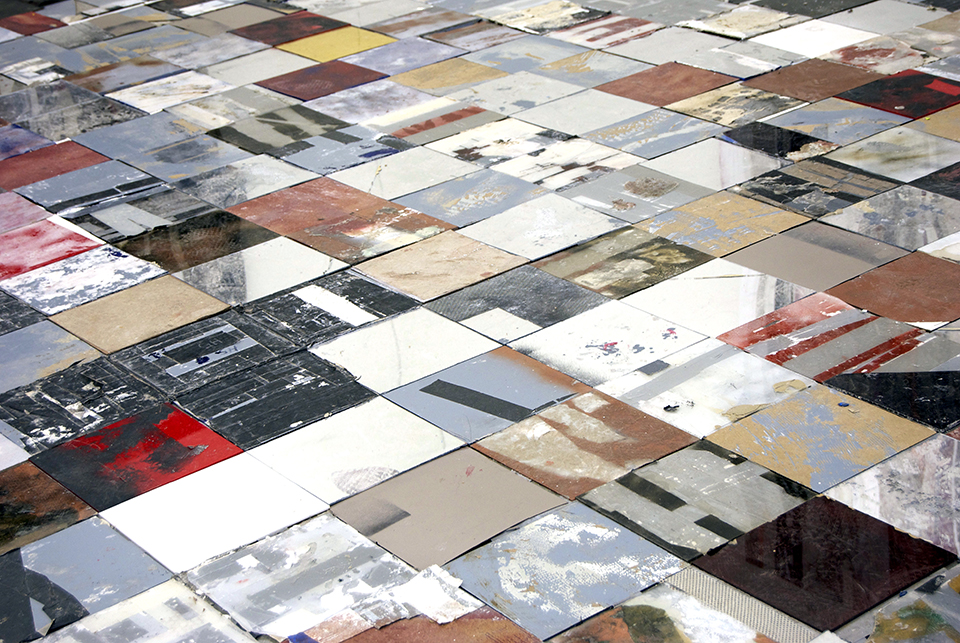
LD50, 2015, Romer Young Gallery, San Francisco, CA
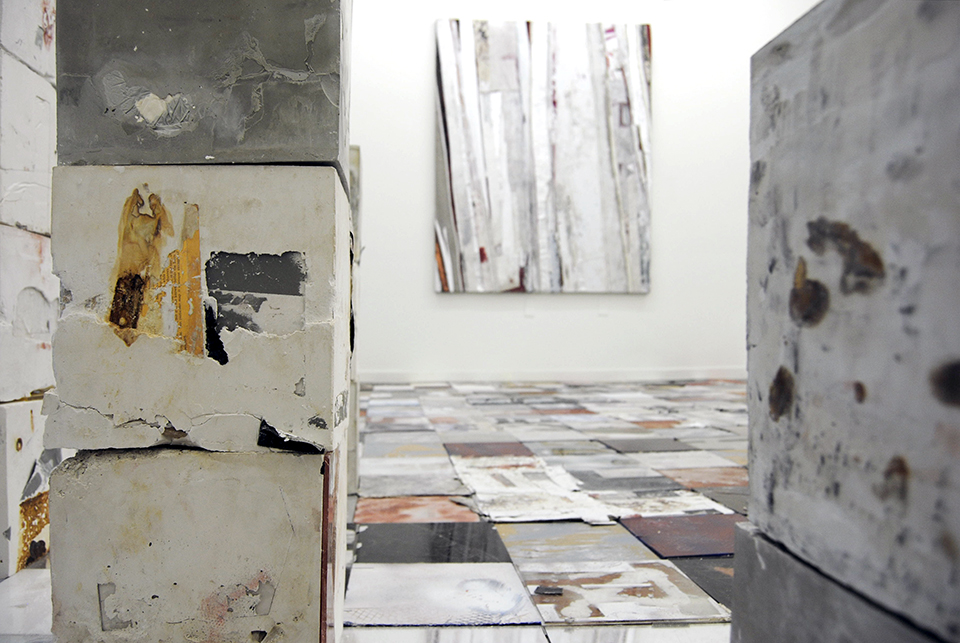
LD50, 2015, Romer Young Gallery, San Francisco, CA
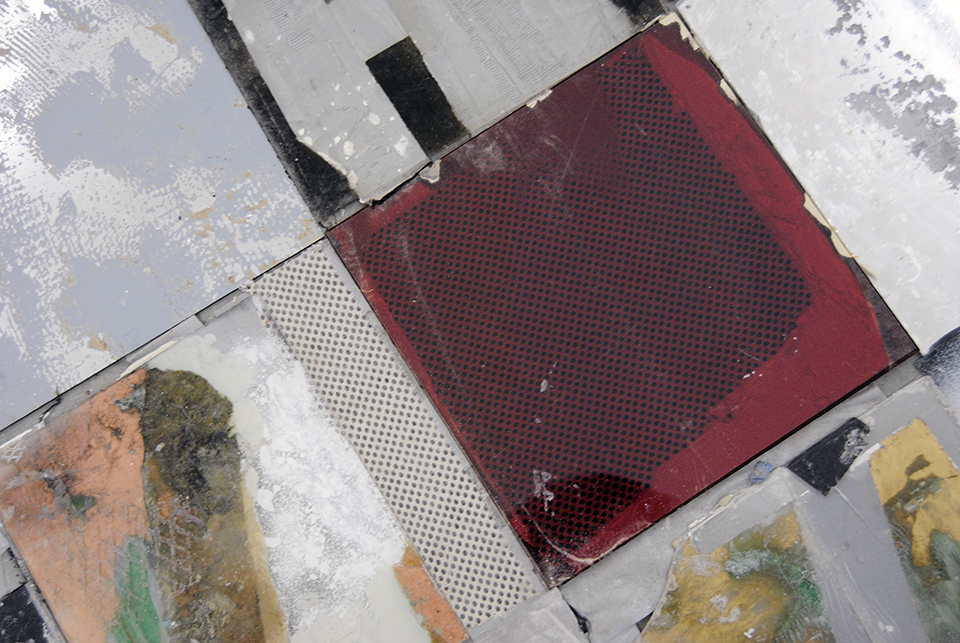
LD50, 2015, Romer Young Gallery, San Francisco, CA
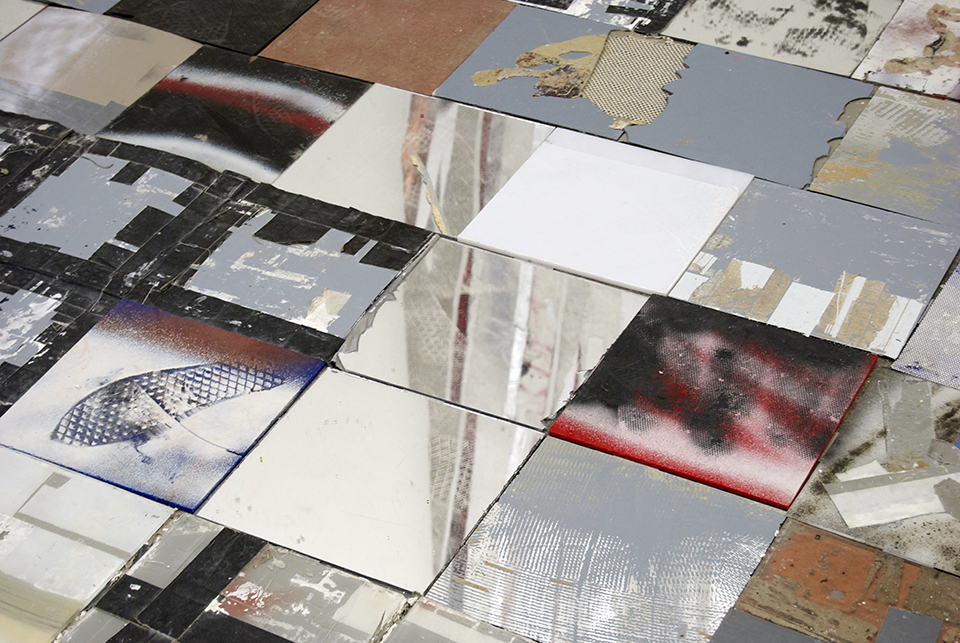
LD50, 2015, Romer Young Gallery, San Francisco, CA
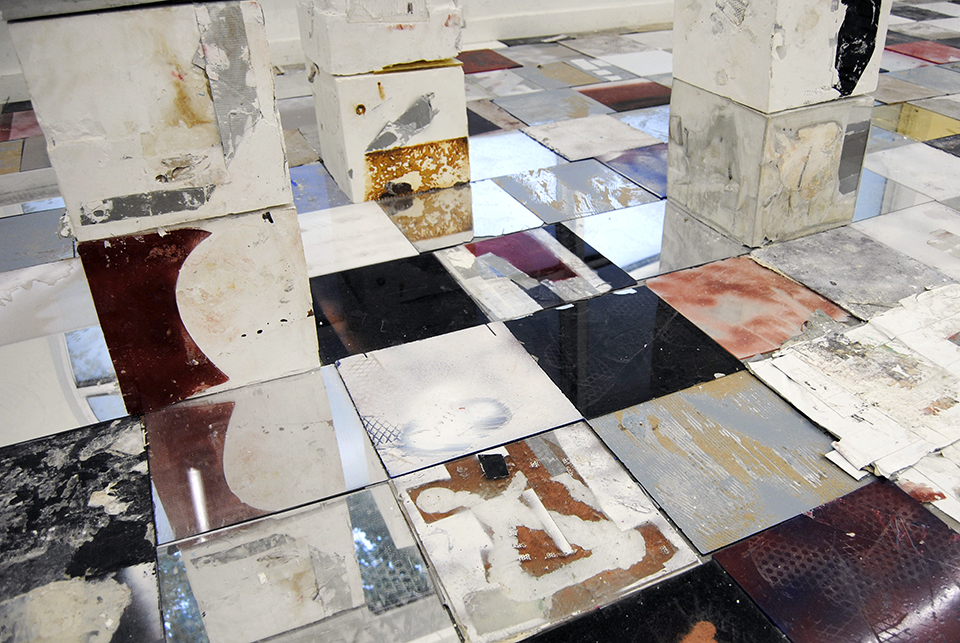
LD50, 2015, Romer Young Gallery, San Francisco, CA
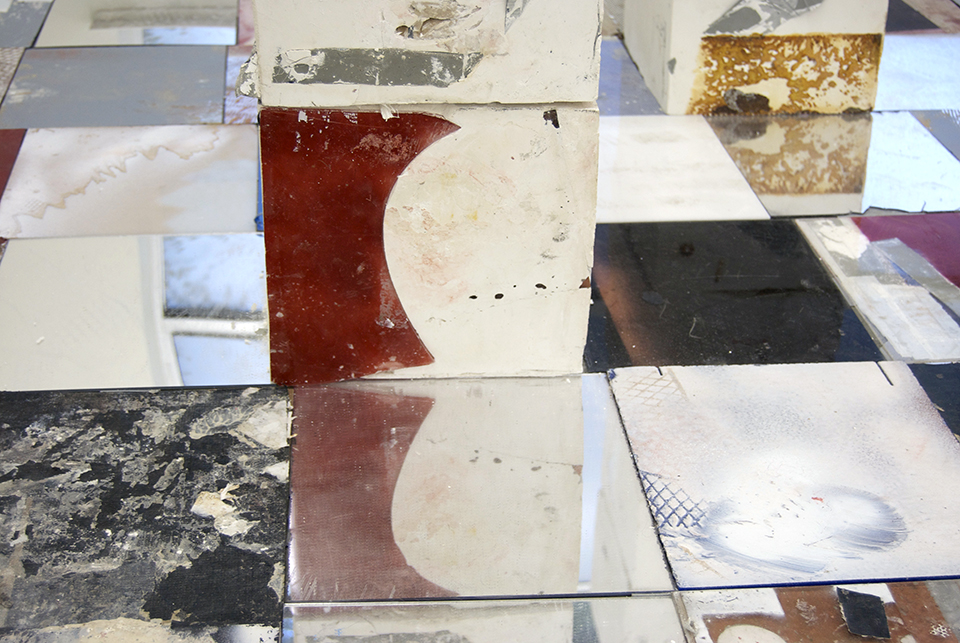
LD50, 2015, Romer Young Gallery, San Francisco, CA
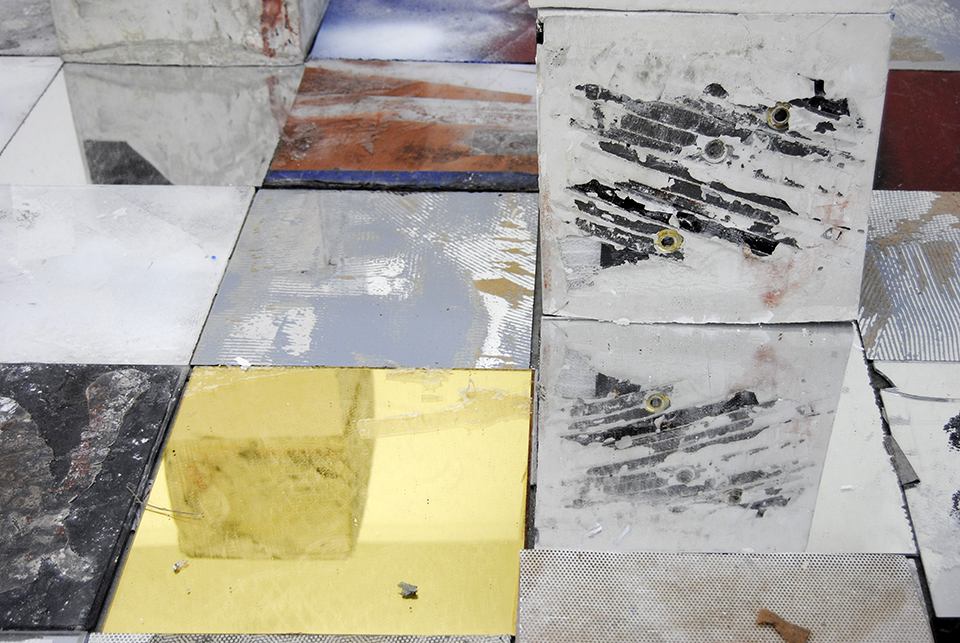
LD50, 2015, Romer Young Gallery, San Francisco, CA
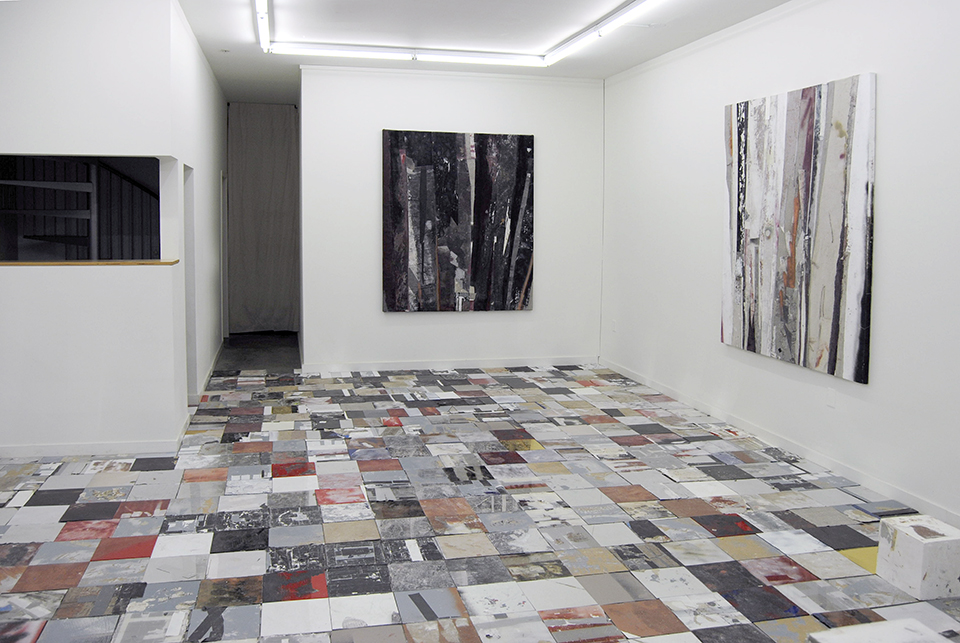
LD50, 2015, Romer Young Gallery, San Francisco, CA
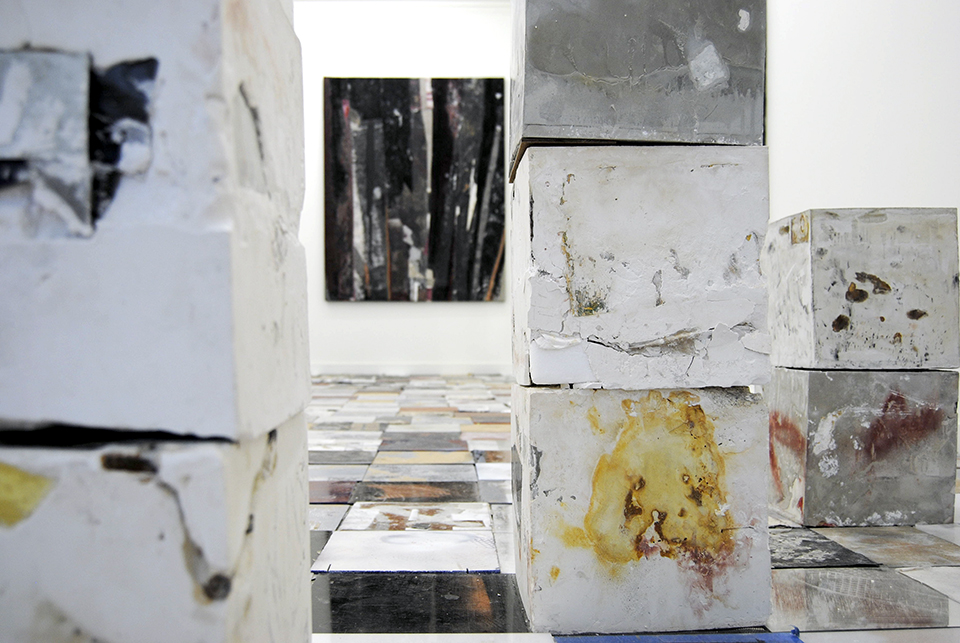
LD50, 2015, Romer Young Gallery, San Francisco, CA
Romer Young Gallery is pleased to present LD50, its first solo exhibition with New York artist Ryan Wallace. Wallace will present new paintings, sculptures and a site-specific installation. There will be an opening reception for the artist on Friday, June 12, 6-9pm.
The exhibition title, LD50, derives from the technical term “median lethal dose” used by toxicologists to refer to the dose required to kill half, 50%, of a tested population. Wallace borrows this title as a means of exploring what is maximal to the point of detriment. His works test the amount of material and mark that can be done or affixed to a painting, sculpture or exhibition space before it is figuratively, physically or compositionally destroyed.
In his 1952 essay “The American Action Painters” Harold Rosenberg coined the term “action paintings.” The canvas was no longer considered a hermetic, independent object, but rather became “an arena in which to act” and the finished work was only a residue of the actual work of art – the process of the painting’s creation. Wallace’s work touches upon this in that his studio is the site of production where drop cloths on the floor become the ground upon which he performs, accumulating marks and actions of the making. At first glance, the paintings are indistinguishable from the floor and the heterogeneity of debris upon it. Compositions evolve organically from the interplay of materials in the studio – plaster, concrete, studio detritus, tape, glue, adhesive, tarp, window vinyl, powdered metal -as well as from the interplay of materials that have been cast off, removed, and redacted from previous works.
Sculptures and a wall-to-wall installation play in counterpoint with the paintings. Cast cubes of plaster, concrete and studio detritus are born from the paintings, and the two dimensional works are in turn informed by the sculptures. Tape from molds of the stacked cubes is used as collage components in the paintings and the canvases that lie beneath them that eventually become the base of the paintings themselves, each feeding the other in a symbiotic sequence. In a similar act of reanimation, the perspex squares used to hold the liquid compound as the sculptures cure, have been flattened, collected and used like tiles to cover the gallery floor. Rising from the ground, totemic columns separate themselves from this installation, punctuating the space like sharp staccatos. Like a scavenger in an ecosystem, Wallace continually churns materials in his studio. The waste of one system becomes the structure of another, as information is continuously broken down and rebuilt.
LD50 exhibits Wallace’s ability to successfully, and elegantly, formalize unlikely materials and evade any fixed median lethal dose. Both minimal and maximal, his language shape-shifts continually between the media offering the viewer an experience as much as an object – both beautiful and toxic.
RYAN WALLACE was born in 1977 in New York, NY. Wallace received his BFA from Rhode Island School of Design (RI). He was the 2011 recipient of the Pollock Krasner Foundation Grant, and has had solo exhibitions in Copenhagen, Los Angeles, San Francisco, and New York. He has also shown work at the Frans Masereel Center (Belgium), Torrance Art Museum (CA), Katzen Arts Center (D.C.), Yerba Buena Center for the Arts (CA), and other venues. His work is featured in the public collections of the Museum of Modern Art (NY), the Museum of Modern Art, San Francisco (CA), the U.S. Department of the Treasury (D.C.), and the Cleveland Clinic (OH), among others. Wallace is also represented by Susan Inglett Gallery (New York), Cooper Cole Gallery (Toronto), and Mark Moore Gallery (Los Angeles). The artist lives and works in New York.